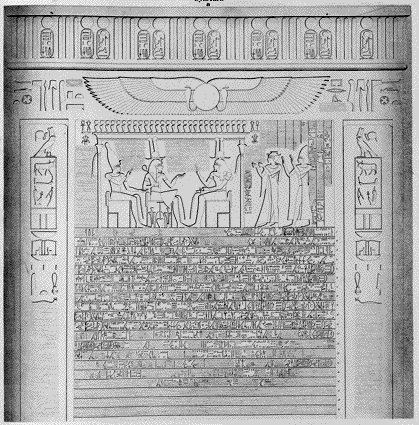Welcome To My Homepage
Create your Site.
Hittites were Anatolian people.
["OZYMANDIAS" reign] Ramesses II fought the Hittites and signed the world's first official peace treaty. He undertook an unparalleled building programme, had over one hundred children and reigned for 67 years.
One military engagement the Hittites are famous for is the Battle of Kadesh against the Egyptian pharaoh Ramesses II's army in 1274 BCE. This battle is especially important because both sides claimed victory, which led to the first known peace treaty in the history of the world, in 1258 BCE.
The earliest known surviving peace treaty was drawn up in 1271BC and signed by the Egyptian pharaoh, Ramses II (Ramses the Great), and Hattusilis III, King of the Hittites. Two copies of the treaty were made, one in hieroglyphics, the other in the Mesopotamian language of Akkadian (or Babylonian-Assyrian).
The treaty was signed to end a long war between the Hittite Empire and the Egyptians, who had fought for over two centuries to gain mastery over the lands of the eastern Mediterranean.
In the treaty, both parties not only agreed to end years of warring between Egypt and Hatti (in present-day Turkey), but also to a mutual alliance in the event of foreign or domestic aggression and to the extradition of rebels, fugitives and political refugees. A fragile peace remained for the next 40 years until the fall of the Hittite Empire.
A copy remains in the Karnak Temple, Luxor, Egypt, the initial version were recorded on silver tablets.
Maathorneferure was a daughter of the Hittite king Hattusili III and his wife, Queen Puduhepa. She was the sister of the crown prince Nerikkaili of Hatti and the sister of the later Hittite king Tudhaliya IV.
Maathorneferure was married to the Egyptian Pharaoh Ramesses II in the 34th year of his reign, becoming the King's Great Wife. Her original name is unknown, but her Egyptian name translates as "One who sees Horus, the invisible splendor of Ra".
On the Marriage Stela it is claimed that "The daughter of the great chief of Kheta marched in [front] of the army [...]" [2]
The Hittite princess left Hattusa, the Hittite capital, in late 1246 BCE, accompanied by her mother and a huge contingent laden with gold, silver, bronze, cattle and sheep, and slaves. At the Egyptian frontier, a message was despatched to the Pharaoh: 'They have traversed sheer mountains and treacherous passes to reach Your Majesty's border.' Ramesses sent a welcoming party to escort the princess through Canaan and into Egypt. She arrived in February 1245 BCE at Pi-Ramesse.[3]

Listing Site Updates
1275 B.C. Egyptian and Hittite forces clash at the Battle of Kadesh. Ramses almost loses both the battle and his life, but presents it as a victory.
Circa 1264 B.C. Construction begins on the great funerary temples of Abu Simbel in Lower Nubia to commemorate the Battle of Kadesh.
1258 B.C. Ramses and the Hittite king Hattusilis III sign a peace treaty that brings their rivalry to control modern-day Syria and Israel to an end.
1249 B.C. After ruling for 30 years, Ramses II celebrates his first royal jubilee at Pi-Ramses, his magnificent capital on the Nile River Delta.
1245 B.C. Ramses marries Hattusilis III’s daughter. The princess takes the Egyptian name Maathorneferure.

Notifying Visitors of Site Enhancements
Customizing and Personalizing My Site
Behind the Scenes of My Home Page
